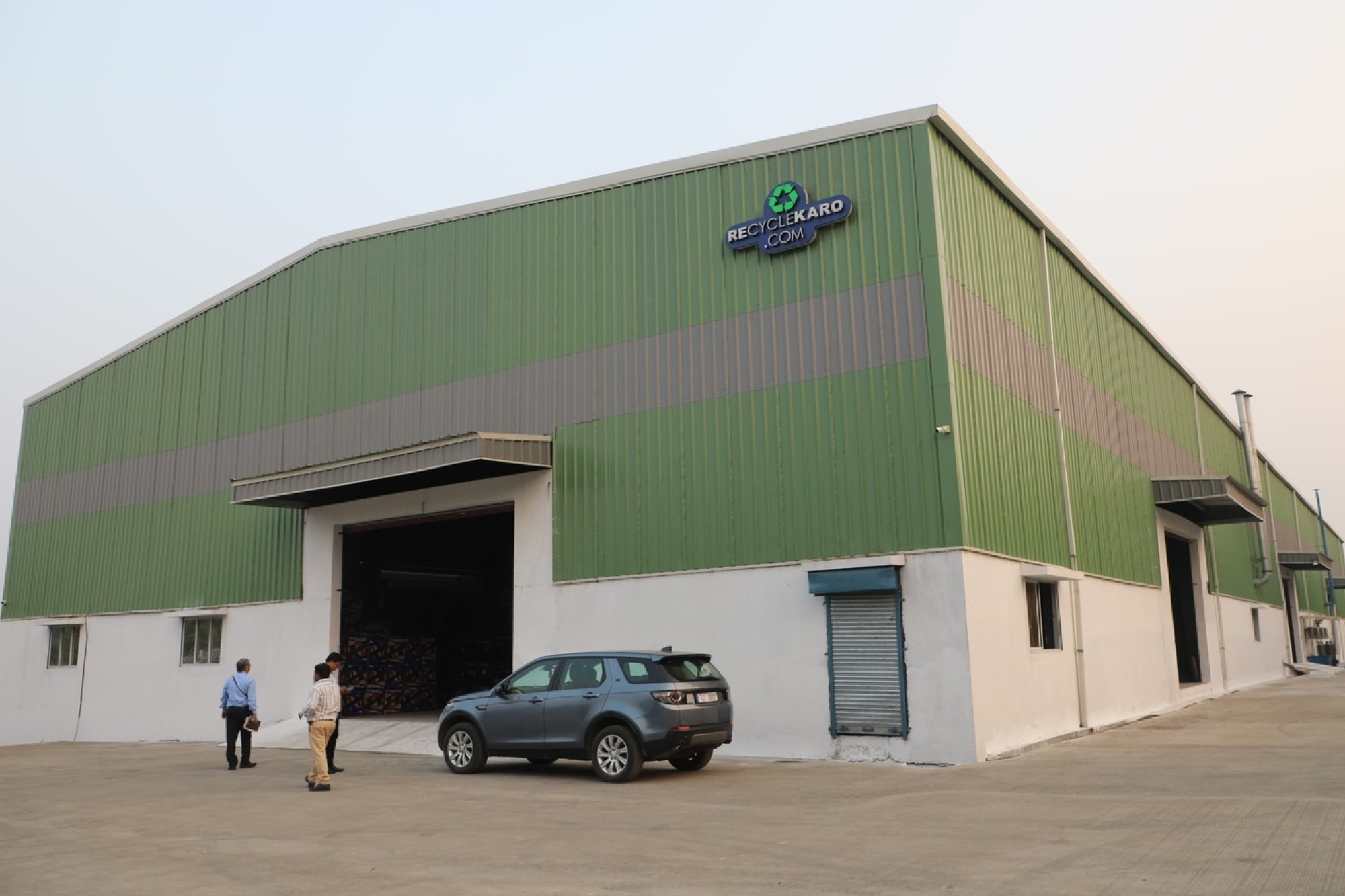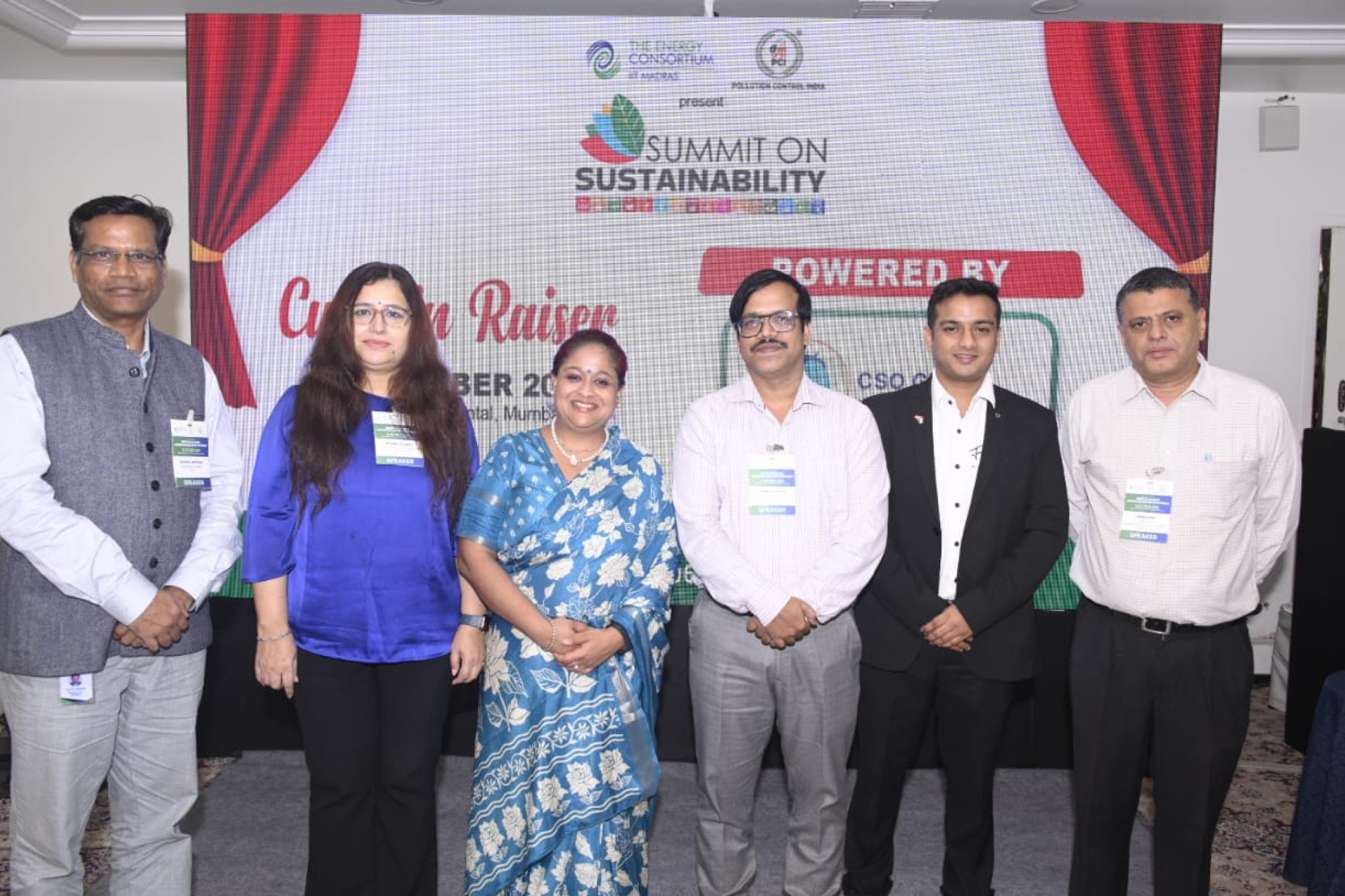Lining sustainable supply chain for escalating manufacturing output
By OEM Update Editorial June 18, 2024 11:13 am IST
The rise in manufacturing production quantity is leading to the want of an efficient supply chain. Shubhankar Chatterji, Chief Supply Chain Officer at Cummins India shares how organisations can maintain sustainability in the supply chain. He advocates for green supply chains, green manufacturing, and eco-logistics to create resilient value creation.
Sustainability has become a strategic imperative in the evolving world of business. The emphasis on ‘Green Supply Chain’, ‘Green Manufacturing’, and ‘Eco-Logistics’ is integral to creating resilient and sustainable value.
Our endeavour towards Green Logistics strengthens supply chain resilience by lowering reliance on fossil fuels through alternative fuel-powered vehicles. It reduces CO2 emissions and provides sustainable solutions. Manufacturing is a vital part of the supply chain making it viable to adopt greener options by reducing its energy footprint, eliminating waste, and fostering circularity. Furthermore, sustainability must refocus on an extended supply base, which accounts for a large part of the value chain and impacts the environment.
However, implementing a green supply chain cannot be done in isolation; it must involve all stakeholders in the supply chain. All stakeholders must collaborate with a sense of shared responsibility and commitment to achieve sustainability goals.
The Green Supply Chain and Transportation
Organisations can reduce their environmental impact, use resources, and lower costs across their business functions by implementing eco-logistics , advanced technologies, and green supply chain principles like 4R1D.
Businesses are implementing greener manufacturing practices by investing in integrated facilities management systems for efficient energy management, green sourcing, eco-friendly procurement, and altering packaging design. These initiatives include promoting renewable energy sources, establishing energy-efficient buildings, using VOC-free solvents, minimising water consumption, using returnable packaging, and recycling waste. The aim is to have a greener manufacturing approach throughout the product lifecycle.
There is a need to reimagine transportation with alternate fuel-powered vehicles and logistics routes to reduce emissions. Transportation modes with a lower carbon footprint assume great importance, as the global transportation sector is said to be a major polluter. In 2020, the global transportation sector produced approximately 7.3 billion metric tonnes of carbon dioxide (CO2) emissions. Most sealers, aircraft, and delivery trucks run on fossil fuel, contributing significantly to the increased carbon footprint.Digital Transformation in the Supply Chain
India has made strides in adopting digital technologies to improve supply chain end-to-end visibility, efficiency, and responsiveness. Technologies like the Internet of Things, artificial intelligence, cloud-based solutions, and Industry 4.0 enhance sustainability across supply chain operations. Connected factories with Industry 4.0 applications and the use of AI have helped improve factory processes in terms of efficiency improvements (OEE), augmenting machine availability (MTBF), and balancing maintenance costs (CBM). Digitalisation initiatives improve supply chain visibility, data-driven decision-making, transparency, waste reduction, and efficiency, promoting sustainable and eco-friendly supply chains. The approach enhances planning and resources while reducing premium freight by level-loading operations, optimising inventories, and reducing waste.
The growth of the green logistics industry is influenced by the rising demand for ecologically friendly products and the increasing global logistics. The future growth of the green logistics market aims to expand the use of emerging technologies in the logistics sector. Businesses require transport management solutions to automate containers, dynamic route allocation, and load pooling, all of which present a win-win scenario for consumers and organisations.
The merger of technology and digitalization in logistics, manufacturing, and supply chains enriches efficiency, leading to the scaling up of green production.
Green Supply Chain and Sustainability
Eco-friendly initiatives and practices and adopting emerging technologies will expand its presence and accelerate its impact in the coming years. By collaborating with stakeholders spanning the entire supply chain spectrum, from suppliers to end consumers, organisations are not merely reducing their environmental footprint but gaining a competitive edge. All this helps achieve a greener, more robust supply chain ecosystem. Green supply chains and the circular economy can stimulate innovation in technology, design, business models, and policies to create new markets, products, services, and solutions for existing or emerging problems.
Cookie Consent
We use cookies to personalize your experience. By continuing to visit this website you agree to our Terms & Conditions, Privacy Policy and Cookie Policy.
















